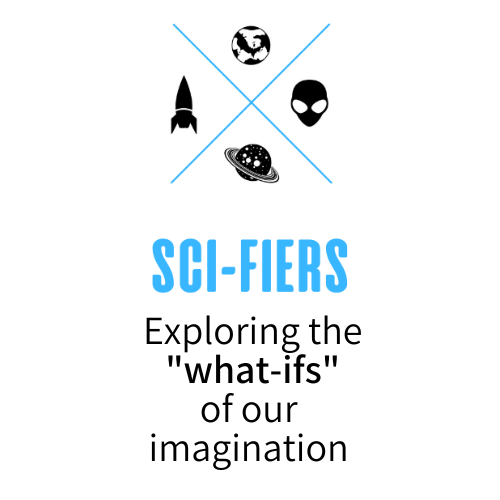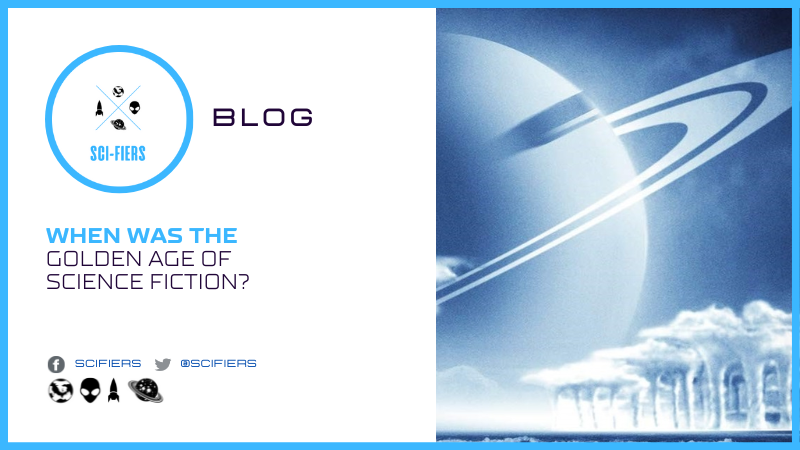The narratives of science fiction evolved from their early inception in the late 1800s to the early 1920s. The fans of this genre considered the decade from the 1940s to the 1950s (more specifically from 1938 to 1946) as the Golden Age. This was the time when authors wrote science fiction having linear storylines and discussed protagonists or heroes who stood up to the challenge. They faced threats from outer space and went on space missions in ships and used gadgets and weapons. Science fiction stories received public attention and were being sold for the mass market in the form of short stories, novels, and magazines.
John W. Campbell (1910-1971) is considered to be one of the pioneering authors of the Golden Age of Science Fiction. He is remembered as the editor of Astounding Science Fiction from 1937 until his passing away in 1971. Adam Roberts in his book, “The History of Science Fiction”, mentions Campbell, “The sorts of stories that Campbell liked were: idea-fictions rooted in recognizable science, and later in his long career, in pseudo-sciences such as telepathy; can-do stories about heroes solving problems or overcoming enemies; expansionist humanocentric (and, often, phallocentric) narratives; extrapolations of possible technologies and their social and human impacts.”
“To describe the science fiction published in the 1940s and 1950s as ‘Golden Age’ is – obviously – not to use a neutral or value-free description. Coined by a partisan Fandom, the phrase valorises a particular sort of writing: ‘Hard SF’, linear narratives, heroes solving problems or countering threats in a space-opera or a technological adventure idiom. Another approach at definition would be to link the Golden Age to the personal taste of John W. Campbell (1910–1971), who played a larger role than anyone else in disseminating prescriptive ideas of what SF ought to be.”
Golden Age Science Fiction 1940–1960 by Adam Roberts
Moreover, space opera was introduced through the works of E. E. Smith, Ph.D. (E. E. “Doc” Smith) through his works including Triplanetary (1934), Galactic Patrol (1937), and the Skylark series (1928 to 1966). Furthermore, Isaac Asimov presented the three laws of robotics that became the foundations for future writers who discussed robots and their interactions with humans and society. The authors during the Golden Age presented hard science fiction by discussing the elaborate and complex designs of the spaceships, weapons, and scientific processes their characters used. Aspects of science fiction including time travel, teleportation, alien invasion, space travel, and parallel worlds, among others were explored.
Some of this era’s leading authors were Isaac Asimov, Alfred Bester, Ray Bradbury, Robert A. Heinlein, Arthur C. Clarke, Frederik Pohl, E.E. Doc Smith, and A. E. van Vogt, among others. These authors speculated a future based on the miracles of science and technology and how man’s pursuit of scientific advancement could change the world. They extrapolated upon what could happen and conceived a world of their own.
Scifiers explores science fiction narratives that enliven our imagination and compel us to think about the “what-ifs” of creative world-building. It is on a mission to discuss ideas about sci-fi in its various forms that keep the genre in a state of continuous expansion.
facebook.com/scifiers | Instagram: @scifiers
Image Source: The Movie Elite

